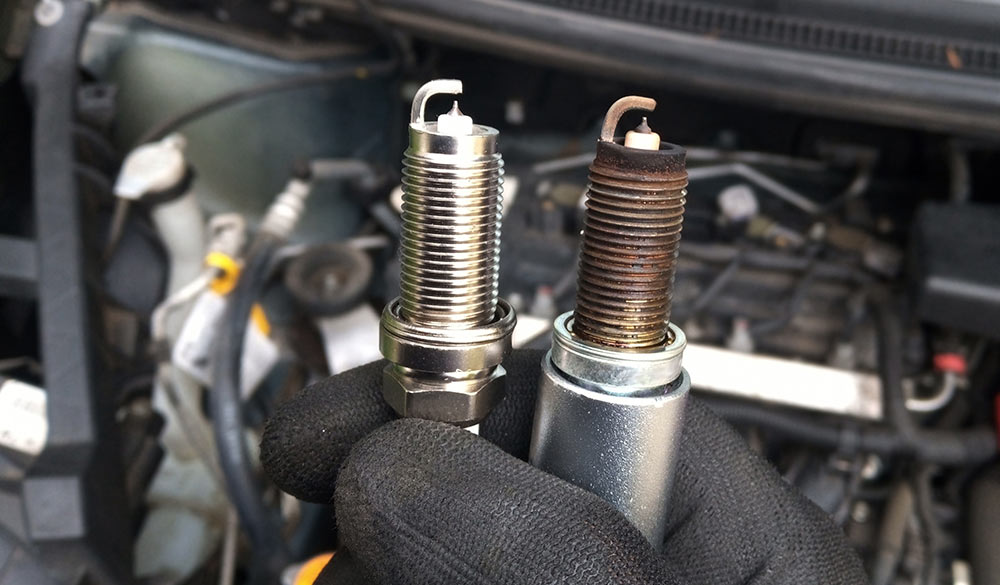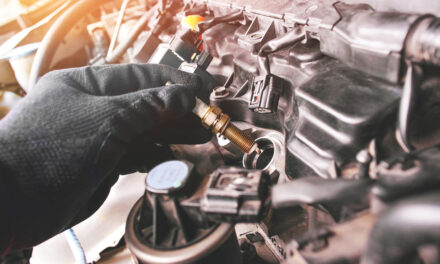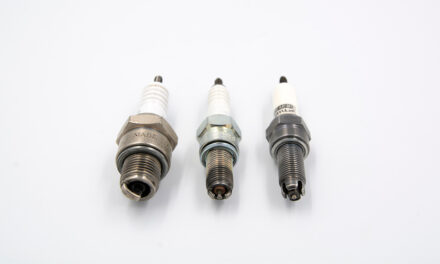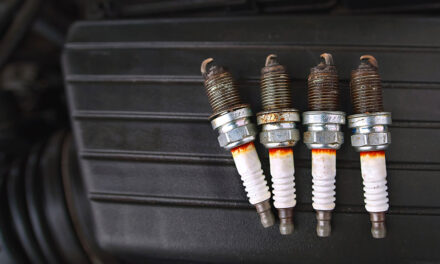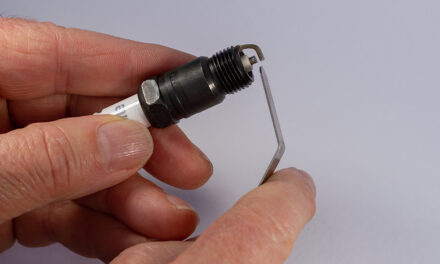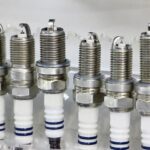Much like the human heart needs a steady rhythm, an engine relies on the consistent spark of its spark plugs to function optimally. However, as all things wear out with time, so do spark plugs. Understanding when and why to replace them is crucial for optimal engine performance, safety, and fuel efficiency.
Why Spark Plugs Wear Out:
Over time, the intense heat and pressure within the combustion chamber and the electric currents passing through the spark plug lead to wear and tear. Factors contributing to this degradation include:
- Electrode Erosion: The metal of the electrodes can wear down, increasing the gap through which the spark jumps.
- Carbon Deposits: Unburned fuel can create a carbon buildup on the spark plug, insulating it and weakening or preventing the spark.
- Oil and Fuel Additives: Some additives might lead to spark plug contamination.
- Physical and Thermal Shock: Rapid temperature changes can crack the ceramic insulator.
Signs It’s Time to Replace Spark Plugs:
- Engine Misfires: If the engine doesn’t fire at every cycle, it could be due to a faulty spark plug.
- Reduced Fuel Efficiency: Worn-out spark plugs might not burn fuel efficiently, leading to increased fuel consumption.
- Rough Idling: The engine might vibrate or produce a rough, jittery sound.
- Difficulty Starting: If the car struggles to start, old spark plugs could be a contributing factor.
How Often Should You Replace Spark Plugs?
This often depends on the type of spark plug:
- Copper Spark Plugs: Generally need replacement every 20,000 miles.
- Platinum and Iridium Spark Plugs: These can last between 50,000 to 120,000 miles, thanks to their harder metal components.
However, consult the vehicle’s owner’s manual or a professional technician, as various factors can influence the ideal replacement interval.
Staying proactive in replacing spark plugs is a simple yet effective way to ensure your engine runs smoothly, maintains fuel efficiency, and remains reliable over its lifespan. By being attentive to the signs of wear and understanding the life expectancy of different spark plug types, drivers can safeguard against potential engine issues.

